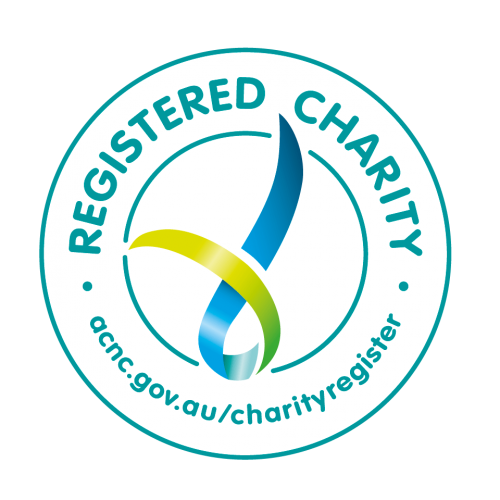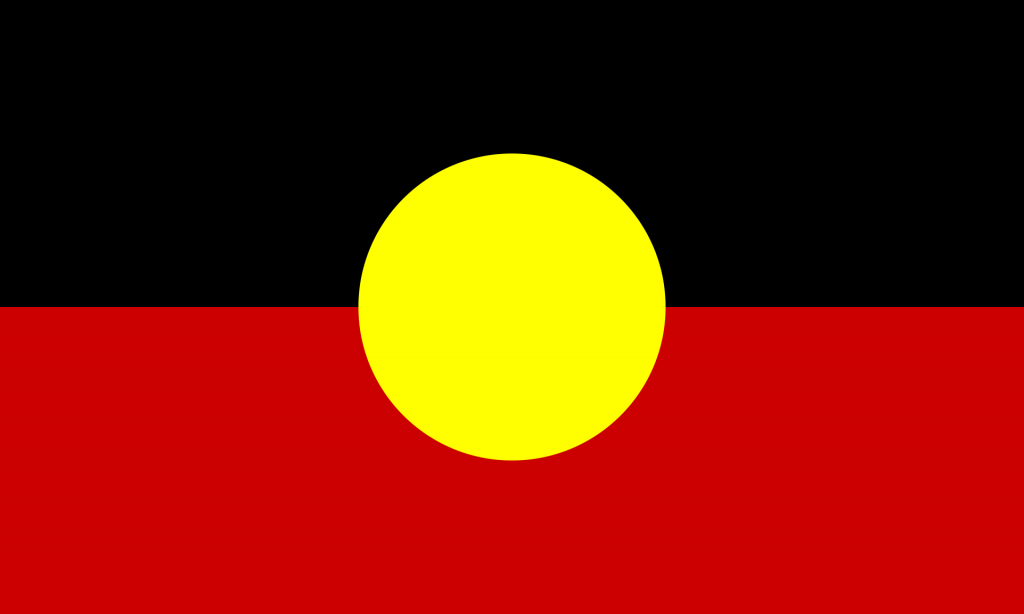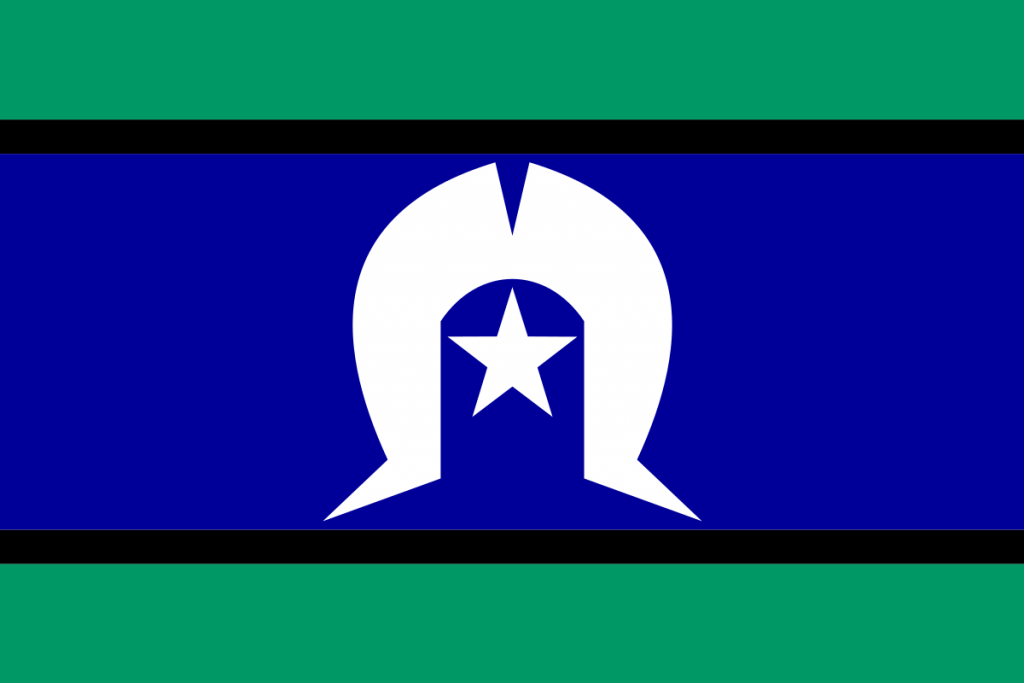Adolescent Family Violence Program
Program objectives
The key objectives of the program are to:
- increase the safety of all family members by preventing the escalation of adolescent family violence;
- promote the stability of young people who are at risk of a range of negative consequences as a result of their use of violence and other co-occurring issues;
- strengthen parenting capacity;
- strengthen the young person’s emotional well-being, communication and problem-solving skills;
- increase the young person’s (and their family’s) connection to their culture and community; and
• promote positive parent-adolescent relationships and attachment’ (DHS, 2014, p. 7).
Target group
12-18 years
Location
Barwon Child, Youth and Family & Sexual Assault and Family Violence Centre (Geelong)
Peninsula Health (Frankston)
Ballarat Child and Family Services (Ballarat)
Timeframe
Guidelines suggest that families should remain engaged for 16-20 weeks. The length of engagement is variable across sites. Some families staying beyond 20 weeks, others disengaging or not being eligible to begin group work. Sites have different thresholds for determining ‘engagement’, which impacts on reporting rates (AIC, 2019).
Program components
Program service model set out in 2014 stipulated three components:
Intensive family case management that incorporates a comprehensive safety and well-being assessment, development of a care plan, therapeutic assessment and intervention, referral to external services and usage of assertive outreach/engagement strategies.
A groupwork program that utilises concurrent and combined parent/adolescent group sessions that focuses on behaviour change and skills development in areas such as respectful communication, assertive parenting, stress management and managing trigger.
A specialist response to Aboriginal families that incorporates family, community and peer-based responses to addressing the particular context within which adolescent family violence develops and occurs. (DHS, 2014, p.6).
Evaluation
FSV commissioned Australian Institute of Criminology (AIC) to complete a process evaluation in 2014. This has been completed but is not yet publicly available.
Overall, the evaluation concluded that services were delivered to a high standard, and reinforced the need for a dedicated, youth-focused program such as AFVP to fill service delivery gaps in specialist interventions. However, various program components were not implemented according to the intended service model, with little consistency between sites.
The evaluation was hindered by relatively small sample sizes. While some outcome improvements were seen, it is worth noting that this was not universal for all participants.
- Many participants saw a reduction in violence, but for 27% the levels remained and for 5% violent conflict increased.
- Some young participants gained an increased in understanding about the harm inflicted by their use of violence, but over one third (34%) demonstrated no increase in understanding.
- There is limited evidence that the AFVP had any impact in reducing drug and alcohol use, improving mental health outcomes, or increasing school engagement, although service providers were proactive in referring families to other relevant services for additional support.
- Many participants experienced improved family relationships, but in 20% of cases the young person’s relationship with parents deteriorated.
‘Changes that were observed may not be sustained beyond the intervention period, and may better reflect the impact of the program while supervising and supporting families, rather than the impact of the program in terms of producing meaningful behavioural change’ (AIC, p. 28)
Eligibility
The young person must be residing at home with family at point of referral.
The young person and parents/carers must consent to voluntary participation. (This program is not mandated in the way that Step Up is in the U.S.)
Referrals
Guidelines suggested that main referral pathway should be via L17 reports.
The program has adapted to receive broader referrals than only L17s, drawing on local networks and community services to supplement intake.
Further reading
Department of Health and Human Services, (2014). Adolescent Family Violence Program service model. Retrieved from: https://providers.dhhs.vic.gov.au/sites/default/files/2017-08/Adolescent-family-violence-service-model-feb-2014.doc
Symposium presentations: https://outcomes.org.au/symposium-presentations/peninsula-health-ballarat-cafs-barwon-child-youth-family-services-and-sexual-abuse-family-violence-centre/



